What is grading?
Grading refers to sorting out the fruits according to shape, size, weight, maturity and quality.
Why grading is important?
- To maintain the uniformity and quality of the produces grading of Apple Ber is compulsory. The graded fruit fetches good market returns.
- It enhances the keeping quality of the fruits, as the infected/detoriated fruits allow invasion of the infection on good quality fruits.
- It also helps in grouping up the matured, ripe and over-ripe fruit.
How to do grading?
| It may be graded according to maturity, size, shape, and color. Grading can be carried out manually and mechanically. | 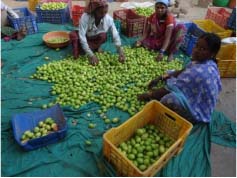 |
| Packing of Apple Ber is needed for marketing and sales. | 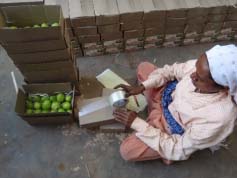 |
| The fruits should be packed properly in Corrugated Fiber Board (CFB) cartons for the long distant market and for local market. | 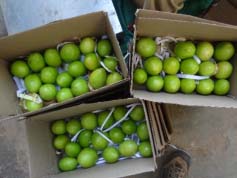 |
To manage the fruits after they have been harvested is yet another challenging aspect in today’s world. The price of the produce highly depends on the appearance of the fruits so, as to enhance it one has to be keen on its management. The Newspaper/Paper cuts are one of the medium with which we can enhance its life. It can help to protect the fruit from mechanical damage not only at the time of harvest but also during transits.
Packaging
Packaging is becoming an essential part of the post – harvest practice as it directly appeals the directly the customer involving convenience, appeal, information and branding.
Materials required for packaging
 | 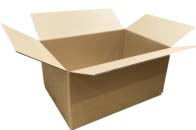 | 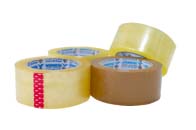 |
| Newspaper | Carton/ Corrugated fiber boxes | BOPP Tapes |
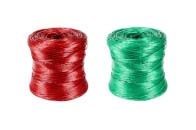 |  | 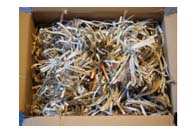 |
| Plastic straps | Jute Threads | Paper cuts |
Why is it important for proper packaging of Apple Ber fruits?
- Good packaging not only makes the produces look impressive to trade/consumer and also safeguard the fruits from damages in multiple handling during transit/transportation.
- The quality of the fruits also sustains during transits.
How to do the packaging?
- Good packaging plays an important role in today’s agriculture.
- The right quality of CFBs (corrugated fiber boxes) with proper ventilation and handling convenience are required.
- These boxes should be capable of carrying defined load (10-15 Kgs), trade and transport friendly medium should be used with appropriate weight and proper cushioning (newspapers/paper cuts) to protect the fruits from mechanical impacts during transportations.
- For transportation corrugated cartons of about 10 kg boxes to be most suitable. CFBs should be based on industry standards.
- The strength of the cartons too plays an important role for distant marketing. The cartons should be 5-7 ply depending upon the distance of the destination.
- Usually, 5-6 steps of loading and unloading takes place until it reaches the consumer.
- While packaging we create a proper cushioning at the bottom of the carton and do the same after every layer of fruit.
- It helps to protect the fruits from manual/mechanical impacts of handling in transportation.
- Placement of polythene lining ensures availability of required moisture to keep the fruit fresh during transportation.
- Cartons need to have packaging details, No. of fruits, Net. Wt., Gross Wt., Date of Packaging, Quality specification/ Grade respectively.
- Labeling plays an important role for trade/traders to know about the produce, packaging dates, gross wt., net wt., name and address of the grower/supplier.
- Layering with newspaper between each layer of fruits is advantageous as it provides cushioning and also retains moisture.
Seal the cartons with branded (farm/fruit) BOPP (Biaxially Polypropylene Tapes) and also use plastics strips to seal the package.
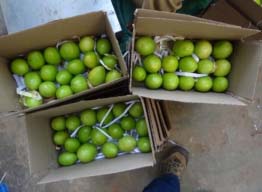 |  | 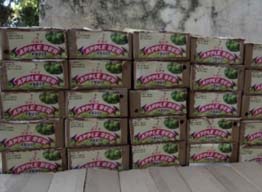 |
For short distances and for local transport, any cheaper local materials (e.g. gunny bags, nylon net bag etc.) can be used to provide care is taken to minimize damage/spoilage by making provision of cushioning material and ventilation. The retail packages are nylon nets and perforated polythene bags.
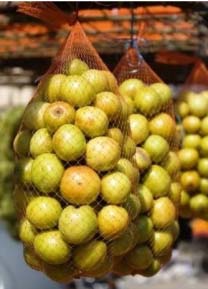
Storage-
Ber fruits can be stored 4-15 days under ambient/normal conditions without loss of quality depending upon the cultivars. However, the ideal temperature for cool storage is 10°C and 75 – 80 % relative humidity.
Reference:








